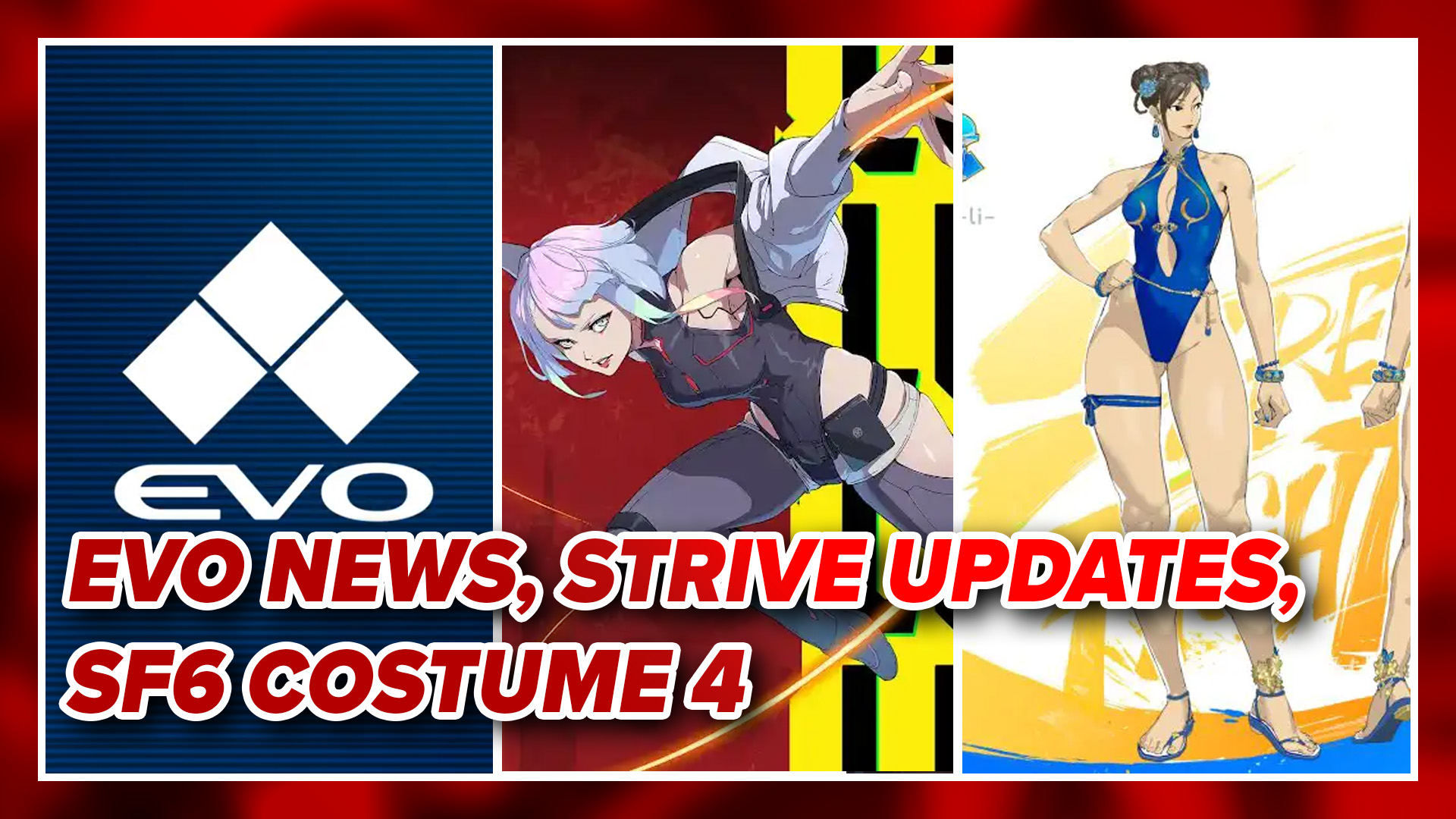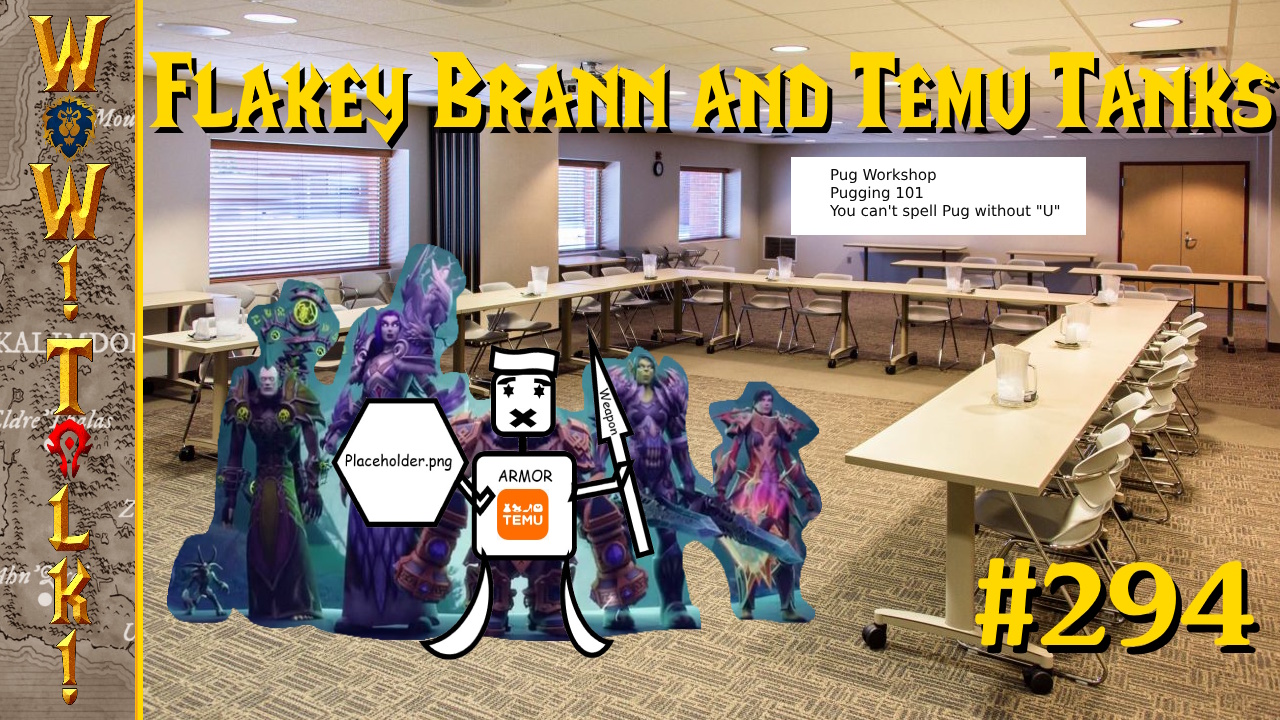
I remember the good old days when I was sitting around playing D20 based games and just wishing I could be a sorcerer. That feeling never quite went away; well, until I saw Marvelous AQL’s version of sorcery. While becoming a powerful spell caster that may save (or destroy) the world sounds pretty awesome, I’m not quite sure I have what it takes to sacrifice more than just items and herbs to become that hero or anti-hero. However, Soul Sacrifice lets me live out that fantasy without any ”real” consequences — at least not outside the world that Marvelous AQL has crafted; relatively well I might add.
You start in a post-apocalyptic world where a sorcerer has reached a dangerously high level of power, and he now holds control over the creature’s that roam the world and kill those who are still left alive. However, you’re not the all powerful lord of an underworld-themed post-apocalyptic Earth — you’ll actually be playing a captured human who is watching his destructive abilities from the inside of a cage. You hear someone in the cage next to yours talk about trying to hide a power until he was ready, but he isn’t about to die here. He unleashes some type of magical power from his body, which winds up destroying the bars of his cage and killing nearby demon-like guards.
Magusar, the sorcerer who runs things, now has his sights on this man who somehow has learned the magical arts from the inside of cage. Let’s just say your buddy from the cage next door wasn’t ready to challenge this guy. An explosion occurs as the prisoner next to casts a spell in attempt to free himself of the cage next to yours, and escape. When you awaken you hear someone calling to you, but surprisingly it’s not a person. It’s a book and the guy who once lived in the cage next to yours is nowhere to be found.
Soul Sacrifice is more of a hard interactive experience that you adapt to in order to survive missions, rather than just some simple story you progress through. It features the talking journal, named Librom, of a once great sorcerer. The journal shows you what he experience through a small narrative portion before (and most of the time) after each main story mission that you play through. You won’t be playing as the past owner of the journal, but rather another sorcerer that he came across on his journey. Since Librom is so full of memories, not all the sorcerers can be remembered clearly; this allows you to modify one of them to your liking. These changes aren’t permanent. Throughout the game you’ll unlock new outfits that you can equip and you can even change the gender, name, and voice of the sorcerer at will.
The core mechanic of Soul Sacrifice is the ability to sacrifice offerings, which sometimes includes parts of your or your allies’ body, to unleash devastating attacks to defeat your foes in a given level. Each offering will have a certain amount of uses before it becomes rendered useless. The challenge is to make these offerings last an entire battle, and not deplete them completely. If you deplete an offering completely you’ll lose it until you obtain another offering for the same spell or you use some of your out of battle currency to replenish it.

In between choosing the missions in the journal, which literally is just a list of levels with a difficulty associated, you’ll have the option to back out and talk to Librom. This is where you’ll find out about Librom’s tears and the special abilities they possess. They are essentially the currency of the game and allow the reader of Librom the ability to change certain things in its recordings. Let’s say you’re playing through some of the levels that require a specific ally to progress with. If this story based ally dies you’ll still be able to finish the level he died on, but it will stop any further story progression with that character. However, if you have enough of Librom’s tears you’ll be able to bring him back to life, altering the books records of him dying during that mission and allowing you to continue down the story arc of said character. The tears also have a few other uses throughout the game.
However, I advise you to not waste the tears you’ll obtain out of mission portion on offerings. You will get tears pretty frequently when you go back to the main menu of the game. Librom will remind you pretty frequently to check for tears draining from his eye. You can keep these offerings from completely depleting by either fusing them with the same type of offering, which allows you to get more casts, or replenishing your offerings at one of the various spots in any given level. You also gain more magic by sacrificing enemy souls.
On top of your ability to cast a various amounts of spells through offerings there are also spells that are considered black rites. You get one after the introductory story which allows you to engulf the whole world in flames that cause a pretty massive amount of damage to all enemies in the level. Since these black rites are so powerful, there are requirements for you to even be able use it and each one comes with some type of negative effect. Also, I think it should be mentioned you can only use each one once until you revive it with the tears you use as the out of mission currency. The negative effect will also stay in place until you essentially pay for the recharge of the black rite, due to the fact that you are sacrificing a part of your body each time you use a black rite.
For example, the first black rite you acquire requires the sacrifice of your skin in order to use, and it only becomes available for use after you take a boatload of damage and live. Since you sacrifice your skin to use this crazy powered spell to engulf the area in the flames of hell, your defense will be halved until you pay to revive your skin, which can only be done between missions. If you don’t kill the enemy or enemies with it, then you have to be extra careful because your lowered defense means you’re susceptible to more damage per hit. You’ll unlock more black rites as you level up both your life and magic levels, which will be discussed later in the review.

Aside from casting spells and committing black rites, you also have the ability to sacrifice allies, or have your allies sacrifice you to unleash a devastating attack. However, when you sacrifice someone (whether it is any enemy sorcerer or an ally) you absorb their soul into you; making them no longer exist in the world. When you sacrifice an ally a powerful spell is unleashed causing massive damage to all enemies in the level, but you also lose an ally semi-permanently. That ally won’t be useable until you rewrite the history of that character using Librom’s tears. If you wind up getting downed during a battle you can then request your allies to sacrifice you to unleash a devastating attack. This prevents you from continuing in the battle, and is honestly pretty pointless unless you’re playing online with friends.
Now the game isn’t all about sacrificing souls, you can also save souls of allies and enemies. Saving an ally soul brings them back into the battle, but you have to sacrifice some of your life, which is normally half of your current life meter to bring them back to life. So the more health you have when you save an ally soul, the more health they come back into battle with. I would personally suggest bringing one healing spell into every battle so this way you can utilize saving ally souls to the fullest. However, if you’re going to brute force your way through the battles, then saving enemy souls will also give you a small amount of health, but it won’t replenish your offerings like sacrificing enemy souls will. You can also acquire more allies by saving boss enemy souls that were once sorcerer’s who lost their way. The one thing to keep in mind about saving enemy souls is that it’s not necessarily looked as the right thing to do upon other sorcerer’s of Avalon’s sorcery guild that you’re a part of.
Choosing whether to sacrifice or save a soul also plays a part in the leveling portion of the game. As you sacrifice souls you increase your magic meter which allows you to cause more damage with your spells. On the other hand, as you save souls it increases your life meter; which each life level you obtain you gain more health and defense. The levels will allows you to obtain new black rites the higher of each level you get. If you sacrifice more souls then you save you’ll be ranked as an evil arm, whereas if you save more souls than sacrifice you’ll be ranked as a divine arm. If you’re even with the amount of souls you sacrifice and save you’ll be ranked as a neutral arm. These rankings play a part in which defensive and offensive sigils you can carve into your arm. Sigils give your character innate buffs to either causing damage with certain elements, increasing the range on long distance spells, or increase your defense and evasion rates. However, each sigil has a requirement of what type of arm you need to be to have it equipped. Don’t worry though there are plenty for each ranking.
Each mission has a list of offerings you can acquire by completing the mission. So technically you can grind out meter levels and gain more of each offering by redoing missions. The challenge is getting the best rating at the end of each level in order to get the most, and best offerings from each level. You’ll get ranked on a bunch of different things that can outbalance other things that contribute to a score. For instance you get 80 points for committing a black rite which normally requires you take a lot of damage, but you can get 80 points for taking next to no damage in a mission. You’ll also get points for counter attacks, how fast you complete a mission, sacrificing souls, hitting cursed parts of enemy bosses, and using your mind’s eye. The mind’s eye feature is a basic feature of the game that allows you to see cursed parts, which are essentially enemy weak points on enemies, and where the nearest offering recharge is on a level. The trick is that you can’t do anything except dodge attacks when using the mind’s eye feature.
Those are just the core mechanics and the need-to-know things about Soul Sacrifice. The truth is Soul Sacrifice (aside from the number of things you have to keep in mind while progressing through the game) controls like modern third person action adventure games, but you can only be a spell caster and everything you use is technically a spell — from melee weapons that you can conjure to ranged ice shards that you shoot at enemies. While you run around an enclosed area enemies will spawn that you’ll have to defeat using your prowess as a sorcerer, but you’ll also have a party of allies that you’ll be able to rely on and will have to occasionally help. You can’t choose what attacks they use, and you can’t even tell them who to attack unless you’re playing online with friends, but you can call them to you if you have the time to cast an aura-based healing spell to help them live longer during the challenging fights.

You’ll be entering each level with at least one person in addition to yourself in your party, with some mission allowing you to select up to two party members. These selectable AI partners will all be verse in different types of battle methods based on the spells they have, which you can view before you chose an ally. Each will have a rank with a particular level and type of arm, similar to the rankings you receive as you progress through the game. AI characters with the Divine Arm usually tend to have healing spells (either self-healing or group-healing) and seem to use more ranged attacks. While on the other hand you have characters of Evil Arm using more brute force and melee based spells that give them weapons, or turn their arms into weapons.
The melee spells may make the game seem to enter the hack and slash genre, but honestly Soul Sacrifice is so much more than that. The combat system alone is so much more than some mere hack and slash game, and honestly many of the videos of game play out there make it seem that way. You’ll have to learn how each enemy type attacks and begin to plan when you should use defensive spells like your shield to deflect attacks and accomplish counters, when you should use melee spells that equip you with various melee weapons, when you’ll need to cast range based spells before the enemy gets up and close again, and whether you’ll have enough time to cast am aura healing spell to heal your party or a personal healing spell.
Sometimes you’ll need to have ranged and homing attacks to hit enemies from a distance or knock flight based enemies to the ground. Also, at the beginning of each mission the description of the mission will tell you what enemy type your hunting; so you’ll not only want to focus on what spells you should have equipped, but you’ll need to know what types of spells your allies have available for use. I’m sure you could go through the game focusing mainly on melee, but you better be playing with some friends because the AI won’t help you much as far as healing, and honestly, trying to focus on using solely melee spells is a surefire way to frustration.
Soul Sacrifice does have a couple of issues that kind of take out of the joy of the game. First, there is the lack of dialogue for each of allies you can travel with. Each character only has one line of dialogue that they repeat every time you start a mission with them in your party. Also, none of the voices that you can pick for your character sound all that different from the grunting sounds of the others. This gets annoying very quickly. It would have been nice for some more diverse and better voice overs for those parts of the Soul Sacrifice.
Next, the fact that you’ll be replaying the same maps for way too much of the game. While each area has its own feeling and art style, there are only like six different areas that you’ll be replaying on throughout the whole game. The only thing that changes on each level is the amount of enemies, or the types of enemies. This makes the second half of the game just less attractive, and makes it feel like a chore to continue. Nonetheless, even with these few complaints, Soul Sacrifice is a fun game to play. And with such a lull in the Vita section in terms of bigger games, why not try out a game that tries to be different from the other things to release on the handheld console?




